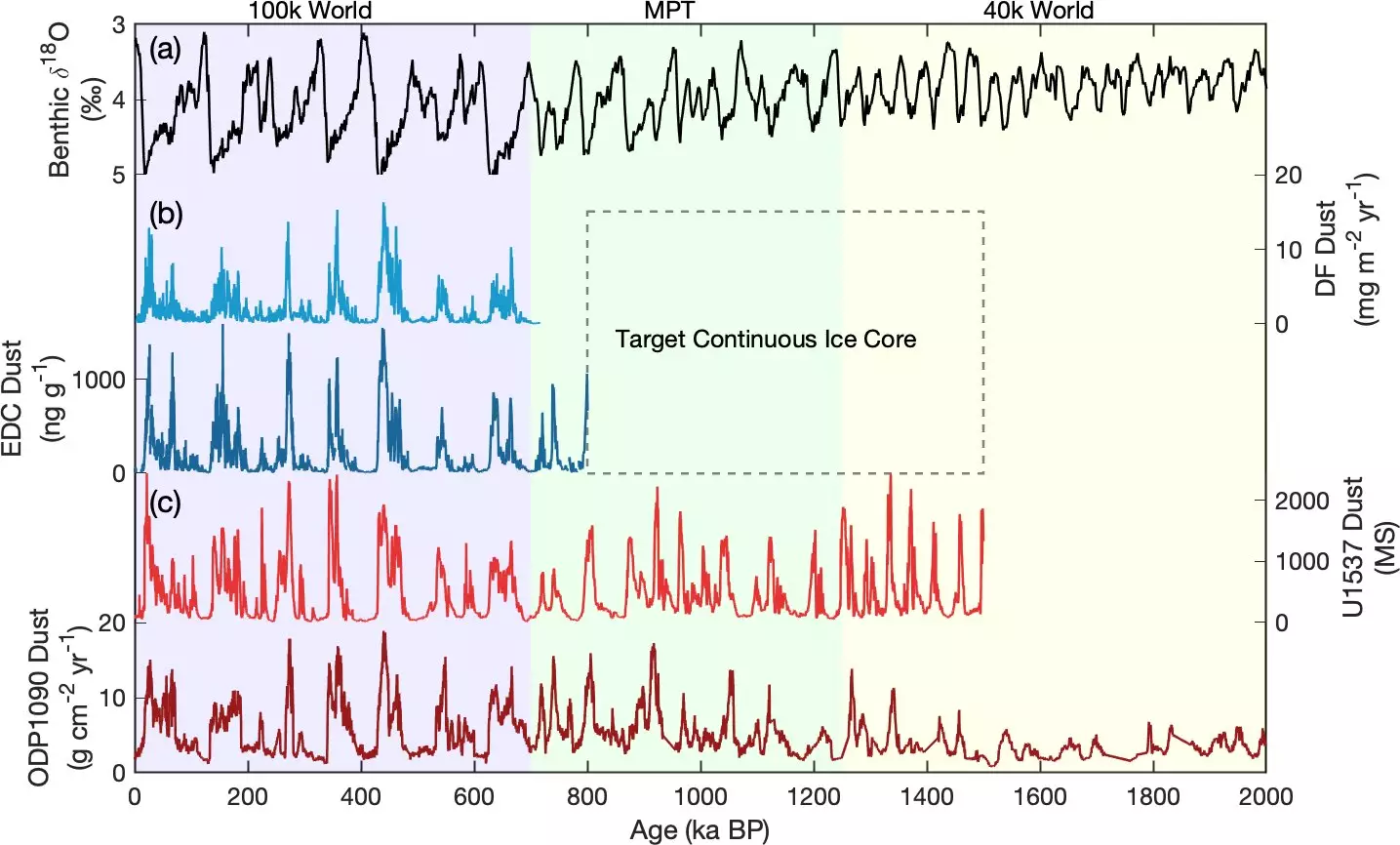The study of ice cores has emerged as a pivotal aspect of climate science, offering a window into Earth’s climatic past. Each layer of ice encapsulates information about the atmosphere at the time it was formed, preserving gases, dust particles, and other geochemical indicators. This invaluable data lays the groundwork for reconstructing past climates and understanding the shifts that have occurred over millions of years. By analyzing these ice cores, scientists can discern patterns of climate change that are crucial for forecasting future transformations in Earth’s environment.
Ice cores serve as a historical barometer, providing insights into glacial and interglacial periods characterized by oscillating global temperatures. With increasing levels of dust trapped within these cores often signaling periods of widespread glacial activity, researchers have the tools to formulate hypotheses on climatic conditions eons ago. A higher concentration of dust points to a landscape dramatically altered by lower humidity, increased aridity, and enhanced wind—which are typical hallmarks of glacial periods where continental shelves are exposed and sediment mobilization is prevalent.
Research has identified distinct cycles in Earth’s climate, harking back to 800,000 years. Scientists have noted a cyclical relationship characterized by roughly 41,000-year intervals of glacial expansions interspersed with warmer interglacial periods until about 1.2 million years ago. Following this, the rhythm of climate transitions evolved, giving way to more erratic patterns during the mid-Pleistocene transition, and ultimately settling into 100,000-year cycles. This scientific pursuit is far more complex than a mere counting of years; it’s an intricate analysis that considers geological changes, oceanic patterns, and atmospheric conditions.
To expand our understanding of these long-term climate dynamics, researchers are eagerly working to extract ice cores that date back even further—up to 1.5 million years. This challenge necessitates meticulous reconnaissance to locate ideal drilling sites in Antarctica. The presence of glaciers often disrupts the ice stratigraphy, leading to potential loss of critical records. Consequently, specialized techniques including optical logging are employed to assess the dust content within these ancient ice formations, aiming to facilitate the discovery of the “Oldest Ice”.
A recent study has spotlighted a promising site known as International Ocean Discovery Program Site U1537, situated near South America. The crucial link to understanding Earth’s climate history lies in the analysis of marine dust found in Antarctic ice cores, where researchers compare data from various sites to draw correlations and trace origins. The collaborative efforts led by Dr. Jessica Ng delve deep into connections between marine dust from different global regions, including South America, Australia, and New Zealand.
By comparing this marine dust record with that of the Epica Dome C ice core, researchers are able to track the chronological narrative of Earth’s climate. This comparative analysis culminates in the generation of artificial Oldest Ice records, allowing scientists to assess the accuracy of their findings. Such research highlights the complexity of geophysical processes influencing climate and underscores the value of understanding regional dust influx as a pivotal component in climate modeling.
The Implications of Climate Shifts
The ramifications of understanding these intricate climate cycles are profound. The research helps to unravel the causes of significant climatic transitions, particularly during periods like the mid-Pleistocene transition. Factors such as tectonic activity, regolith erosion, and their roles in facilitating glacial cooling serve as crucial cogs in this climate wheel. However, the quest for definitive causal mechanisms is an ongoing process, illustrating the layered complexity of Earth’s climate system.
As we navigate through these scientific advancements, one critical takeaway is the importance of long-term climate data to assess and predict future climate patterns. These research findings contribute to an ever-increasing body of knowledge, enabling scientists to better comprehend how natural systems operate and evolve. Understanding the regularity and irregularity of climate shifts enhances our ability to confront contemporary climate challenges, setting the stage for informed discussions on mitigating the impacts of climate change in the years to come. Through such detailed inquiries into the past, our grasp on the future remains not just possible, but increasingly vital.


Leave a Reply